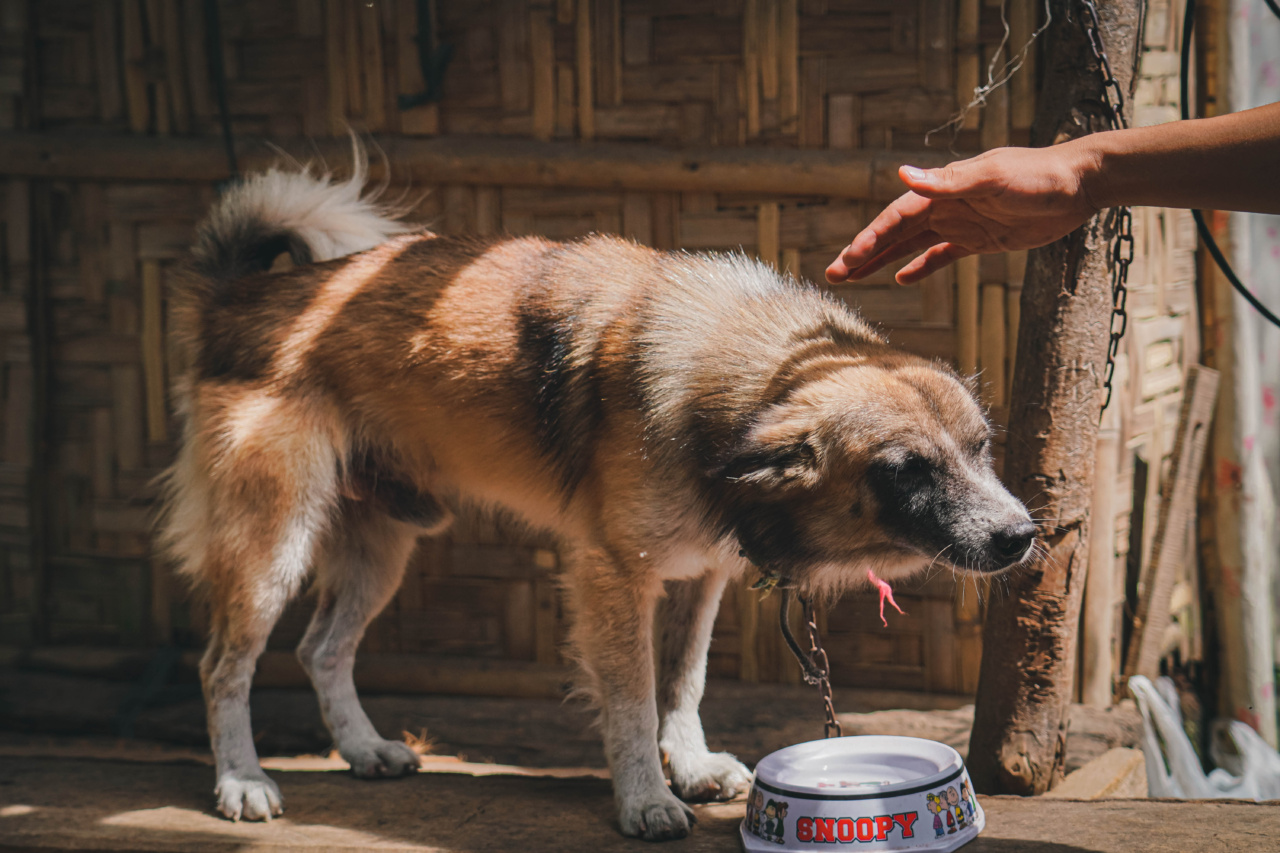Dogs have a way of communicating with us through their body language.
They use their tail, ears, and eyes to convey how they feel, but did you know that your dog’s smile is also a form of communication? While it may be easy to assume that your dog is happy when they smile, there may be other reasons why they’re showing off their pearly whites. In this article, we’ll explore what your dog is trying to tell you with a smile.
What Does a Dog’s Smile Look Like?
A dog’s smile is a little different from a human smile. While a human smile often involves showing teeth and a happy expression, a dog’s smile may look a little different.
When a dog is smiling, their mouth will be slightly open, and their tongue may be lolling out to the side. Their eyes may also appear more relaxed and their ears may be in a neutral or relaxed position.
It’s important to note that a dog’s smile can also look like a snarl or a growl, which can be confusing for their human counterparts.
However, there are a few key differences between a smile and a snarl that can help you determine what your dog is trying to say.
Reasons Why Your Dog May Be Smiling
Now that you know what a dog’s smile looks like, here are a few reasons why your pooch may be flashing their pearly whites:.
1. Happiness
The most obvious reason why your dog may be smiling is that they’re happy. When a dog is happy, they may wag their tail, spring around, and even smile.
If you’re not sure whether your dog is smiling out of happiness, take a look at their overall body language. A happy dog may be relaxed and wagging their tail, and they may even come up to you for some pets and cuddles.
2. Anxiety
While it may seem counterintuitive, dogs may also smile when they’re feeling anxious or nervous. Smiling in these situations is a sign of submission and an attempt to deescalate any potential conflict.
If your dog is smiling in a tense situation, pay attention to their overall body language. They may be cowering or backing away from something, which can be a sign that they’re anxious or afraid.
3. Playfulness
Some dogs may smile when they’re feeling playful or excited. They may even playfully nip at your fingers or tug on a toy while smiling.
If your dog is smiling in a playful way, they may be inviting you to play with them or signaling that they’re feeling frisky.
4. Aggression
As mentioned earlier, a dog’s smile can also look like a snarl or a growl. In these situations, your dog may be trying to communicate that they’re feeling aggressive or territorial.
If your dog is smiling in an aggressive way, they may be baring their teeth, growling, and even showing other signs of hostility. It’s important to take these warning signs seriously and give your dog some space and time to cool down.
How to Interpret Your Dog’s Smile
Interpreting your dog’s smile may take a bit of practice, but here are a few tips to keep in mind:.
1. Look at the Big Picture
A dog’s smile shouldn’t be interpreted in a vacuum. Instead, it’s important to look at their overall body language and the context of the situation to understand what they’re trying to say.
If your dog is smiling and wagging their tail, they’re likely feeling happy and relaxed. However, if they’re smiling and baring their teeth, they may be feeling aggressive or territorial.
2. Pay Attention to Other Signs of Stress
If your dog is smiling when they’re feeling anxious or nervous, they may also be showing other signs of stress, such as cowering, pacing, or drooling excessively.
Pay attention to these warning signs and try to alleviate any sources of stress that may be causing your dog to feel anxious.
3. Consult with a Professional
If you’re unsure what your dog is trying to tell you with their smile, it may be helpful to consult with a professional dog trainer or behaviorist.
They can help you understand your dog’s body language and provide insights into how to communicate better with your pooch.
In Conclusion
Dog’s smiles are just one way that they try to communicate with us. Understanding what your dog is trying to say can improve your relationship and help you provide the best possible care for your furry friend.






























